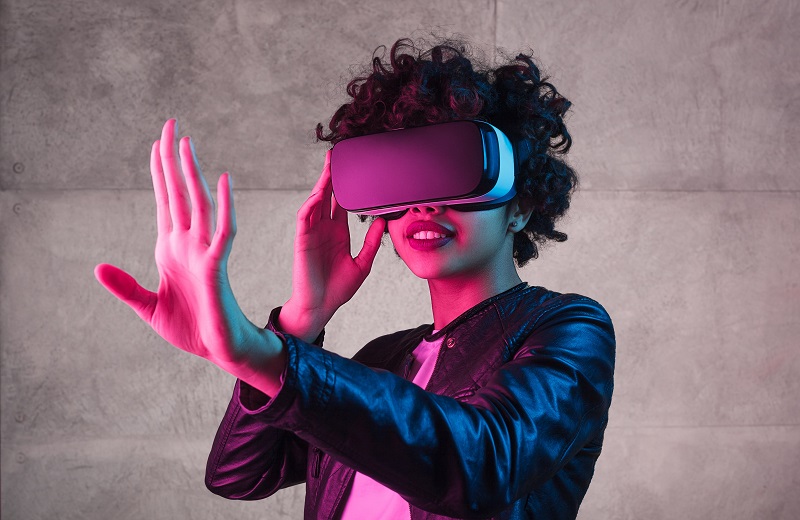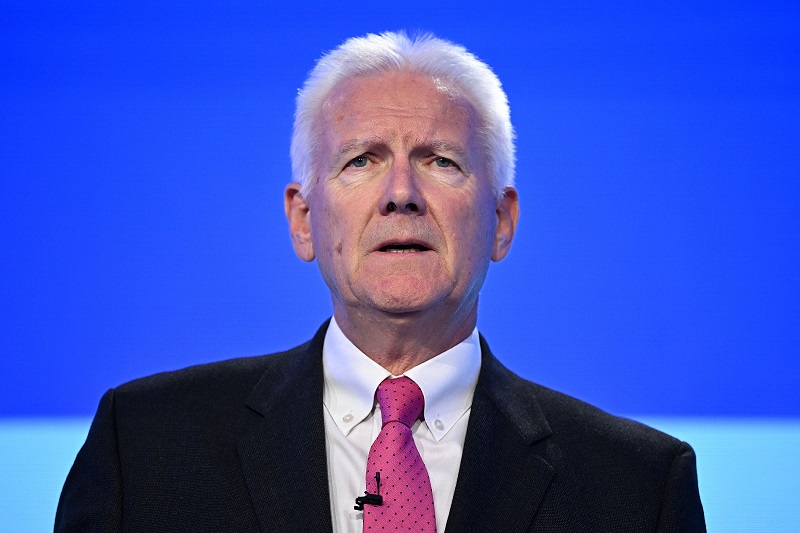The concept of the ‘Metaverse’ has created an almost infamous level of hype in modern culture. Some hail it as the start of a new epoch in the world of online interaction. Others dismiss it as Mark Zuckerberg’s latest dystopian delusion. The truth is that it is somewhere in between.
As an educator, the Metaverse excites me. It could introduce a whole new world of creativity, gamification and immersion into the classroom. However, before we dive headfirst into this new digital rabbit hole, it is important to consider exactly what we are building and who is doing it.
After all, if we are going to allow our children to plunge into this new world, we need to make sure that it is built for everyone. Technology investment, digital design and game design have not been historically diverse industries. If we really want to build an online world that is fit for tomorrow, it’s critical that we bake diverse and inclusive perspectives into the foundations of the Metaverse today.
The Metaverse is a “virtual reality space in which users can interact with a computer-generated environment and other users.” Each vision of what the Metaverse will look like comes with its own flavour. Yet an overriding characteristic of the Metaverse will be augmentation and virtual reality. For many teachers, this could deliver the holy grail of education, allowing students to learn through experiencing it.
Virtual realities
Educators will be emboldened to deliver lessons beyond passive instruction. For example, students could take virtual day trips not only across the world but through history. Students could traverse an annotated Milky Way before physically delving into the makeup of a single atom.
The opportunities for gamification in education will be unrivalled too. Students will be able to collaborate in real-time in environments that would have never before been physically accessible, like on a ship or building site. This kind of hands-on learning is demonstrably far more effective than textbook learning; a PWC study found that students who learned through VR could be trained four times faster than basic, remote e-learners. They were also 275% more confident in applying their learned skills.
We may be tempted to think this is an appealing, sci-fi sentiment that is removed from the reality of the modern, often under-resourced classroom. However, Gartner predicts that at least 25% of people will spend at least an hour in the Metaverse by 2026. Indeed, the phenomenon has already begun today, with Dallas Hybrid Prep school being one of the first schools to utilise the Metaverse in the classroom.
Similarly, for many readers, the idea of learning in a headset may seem far-fetched. Yet we may forget just how digitally-native today’s generation is. Living through the 2020 shutdown with my two teenagers, I observed firsthand how the open world and multiplayer environments found on Fortnite, Minecraft, and Roblox had become second nature to many young people.
Risk vs reward
In fact, it isn’t uncommon for students to host their birthday parties on these platforms. Just as today’s students expect to learn on the internet, it isn’t unthinkable that tomorrow’s students will simply assume that their learning should occur on some variation of the Metaverse.
However, there is a pronounced risk that taking the classroom into the Metaverse will not come without its pitfalls. When building this new world, we risk copying and pasting in the failings of the old one.
Traditionally, technology investment and development have been dominated by one demographic: white men. According to the National Venture Capital Association, 89% of VC partners are White, and 76% are White men. Similarly, 79% of software developers are males. In comparison, 56% are White. It is hardly surprising then that 80% of video game characters are White and male.
Mechanised bias
This matters. It will be down to those people to decide which worlds get built and which get left behind. Unfortunately, modern technology has an alarming tendency to mechanise bias. Take, for example, Amazon’s sexist hiring tool; after being fed historical hiring data, the algorithm would favour male CVs and mark down those with a mention of, say, “women’s chess club.”
Technology is not inherently unbiased or infallible. It absorbs the bias of those who make it. If we fail to have a diverse set of builders and investors, we will fail to build a Metaverse that works for everyone.
If we are not careful, we will reinforce notions of western dominance. Will students only be able to wander the streets of ancient Greece, or will they also be able to explore the ancient Nigerian Benin Kingdom or Indonesia’s Majapahit Empire?
Similarly, when the Metaverse proliferates educational games, will these be based on the traditional themes of dominance, hierarchy and a zero-sum mentality? Or will they be built to focus on reciprocity, collaboration and empathy? Will designers consult frameworks like Universal Design for Learning (UDL) to avoid prioritising the neuro-typical and instead attend to various diverse learning modalities?
Designers must take into account how avatars will be built. We have to ask whether students can adopt only a limited range of body types or skin types, or will they be able to inhabit a digital body of their own choosing?
Social inclusion
We also have the burning question of hardware. Over the pandemic, we saw how students with access to fewer devices and poorer internet connections got left behind. Some stood on cold streets to reach Wi-Fi and attend class. As the Metaverse rumbles towards us, a super-fast internet connection and VR-enabled headsets will become a necessity. The Metaverse must be a tool for decreasing attainment gaps, not a vehicle for widening them.
Now is the time to examine the teams and companies constructing the Metaverse for diversity, equity and inclusion before these technologies are implemented in schools. I suggest we audit exactly who has been involved in building them and engage in trials with all portions of the population to test suitability before unleashing them in schools.
Failing to acknowledge how underrepresented groups will react to learning in the Metaverse could trigger a tidal wave of inequality and marginalisation in the classroom.
Education faces a critical juncture. The new era of digital learning must plan for all students, not just those who look like the historical pool of designers.
In the Metaverse, we have an opportunity to build a new, fairer and equitable world. If we allow the biases of our physical world to be replicated in the Metaverse, then we risk failing an entire generation of future learners.
By Nicole Tucker-Smith, the founder and CEO of Lessoncast, a platform that enables schools to implement professional learning initiatives focused on inclusive leadership and teaching practices.









